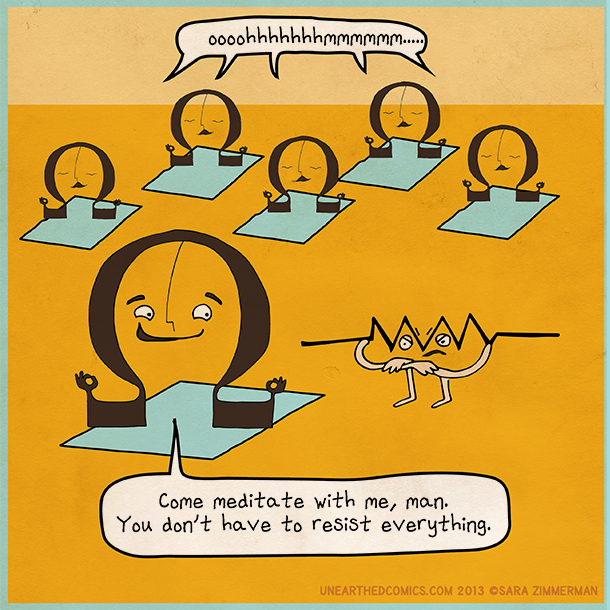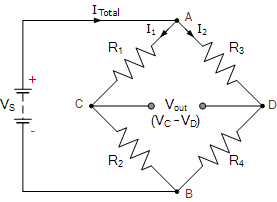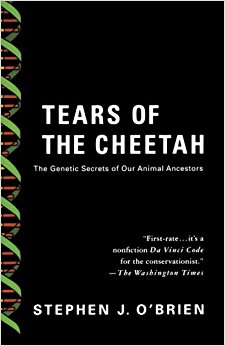So, genes are kind of crazy. Kind of crazy long and kind of crazy to understand. Here is how I like to imagine it.
Imagine the whole set of the Encyclopedia Britannica

Each “edition” or “volume” is one of your chromosomes.
Some information is found in Book 1, while others can be found in Book 10.
But you need all editions to have all the information that composes the Encyclopedia Britannica, just like how you need all 46 chromosomes to be genetically healthy as a human
Let’s open up a book shall we?
Each “article” like “Apples” or “World War II” is what we call a “gene“
 Lots of genes huh
Lots of genes huh
Each sentence that composes each “section” or “gene” is what we call DNA (or a DNA strand)
What is important to remember here, is that each “gene” is precisely ordered to read correct information on that article- any “switches” or “changes” in any sentences can cause both genes, or “articles” to make no sense (what we call a mutation)
 Each letter in this sentence is what we call a “nucleotide”
Each letter in this sentence is what we call a “nucleotide”
We can use genetic sequencing to read these sentences and make sure that they are right, and not mutated. In addition, a chromosome analysis can help scientists figure out how many chromosomes there are in someone, just to make sure they aren’t missing any chromosomes (or have any extra)
Crazy how technology works right?








